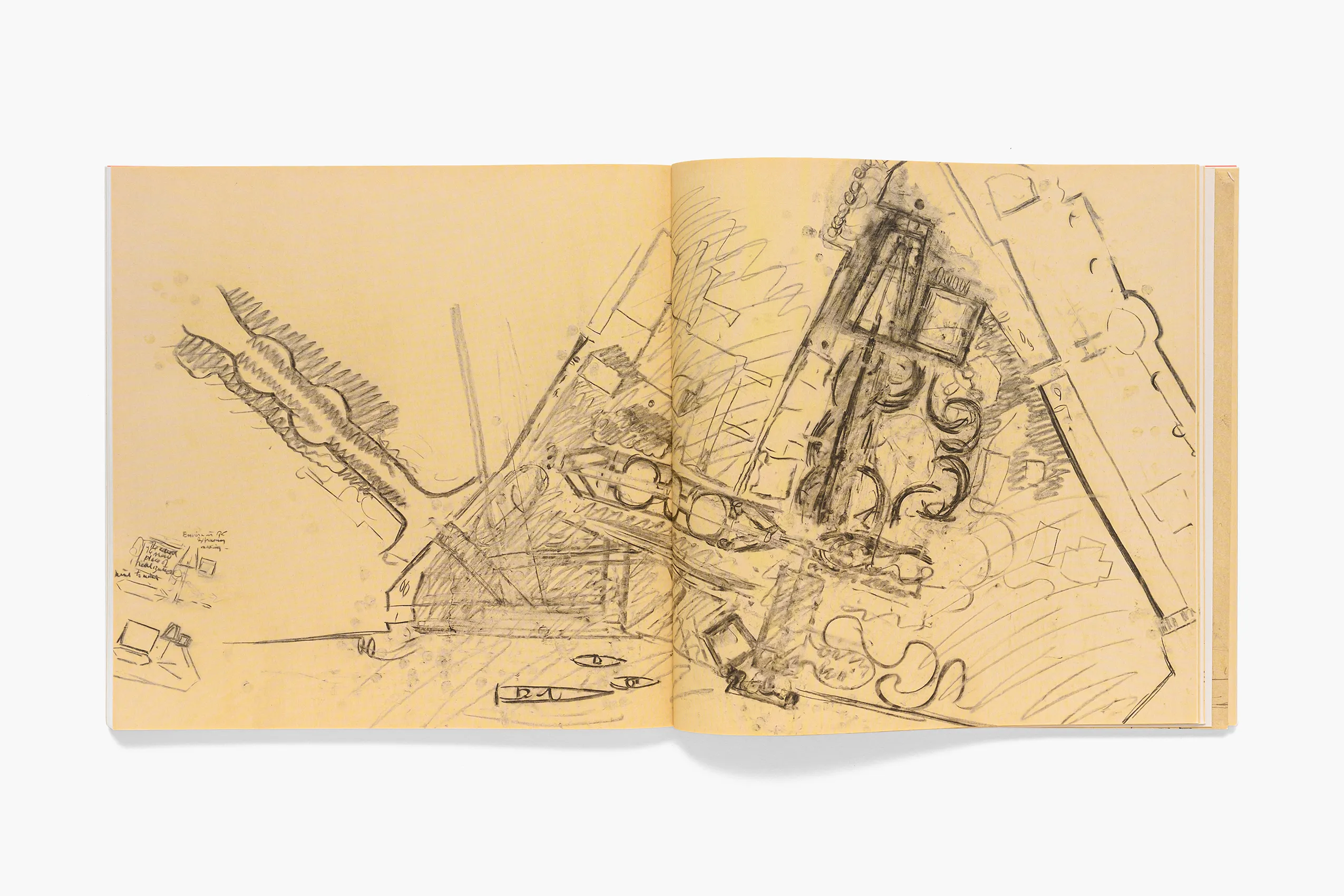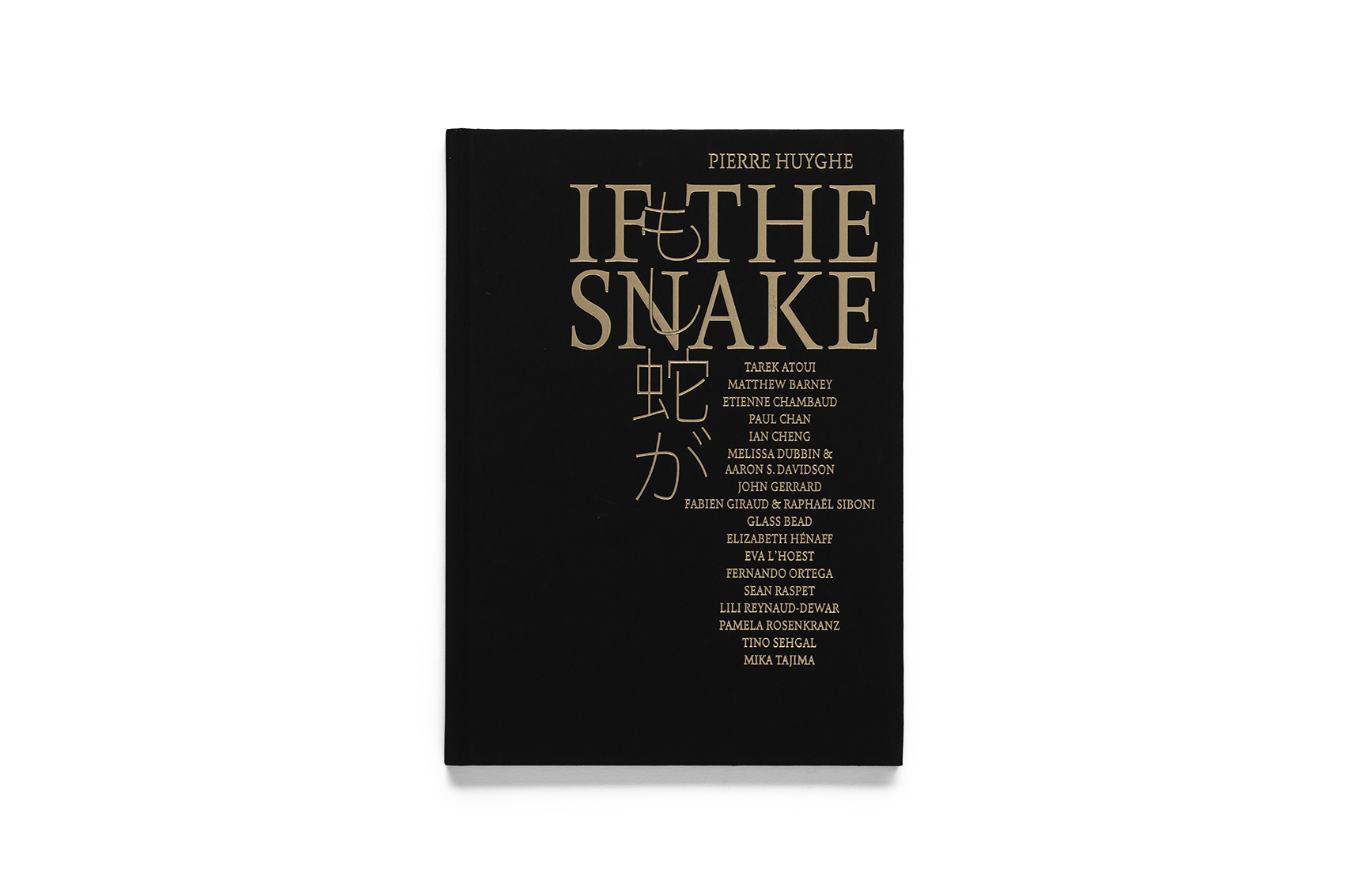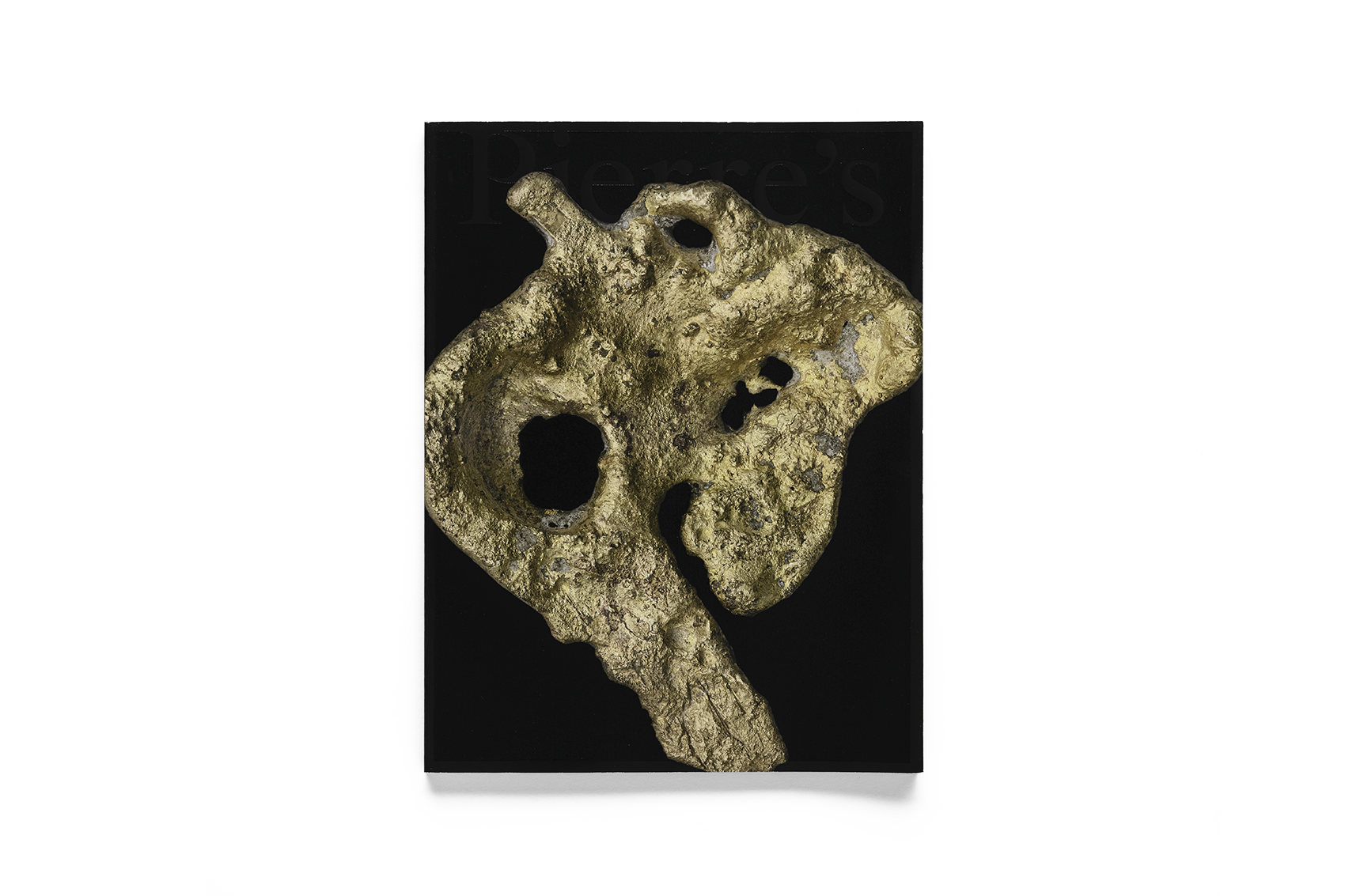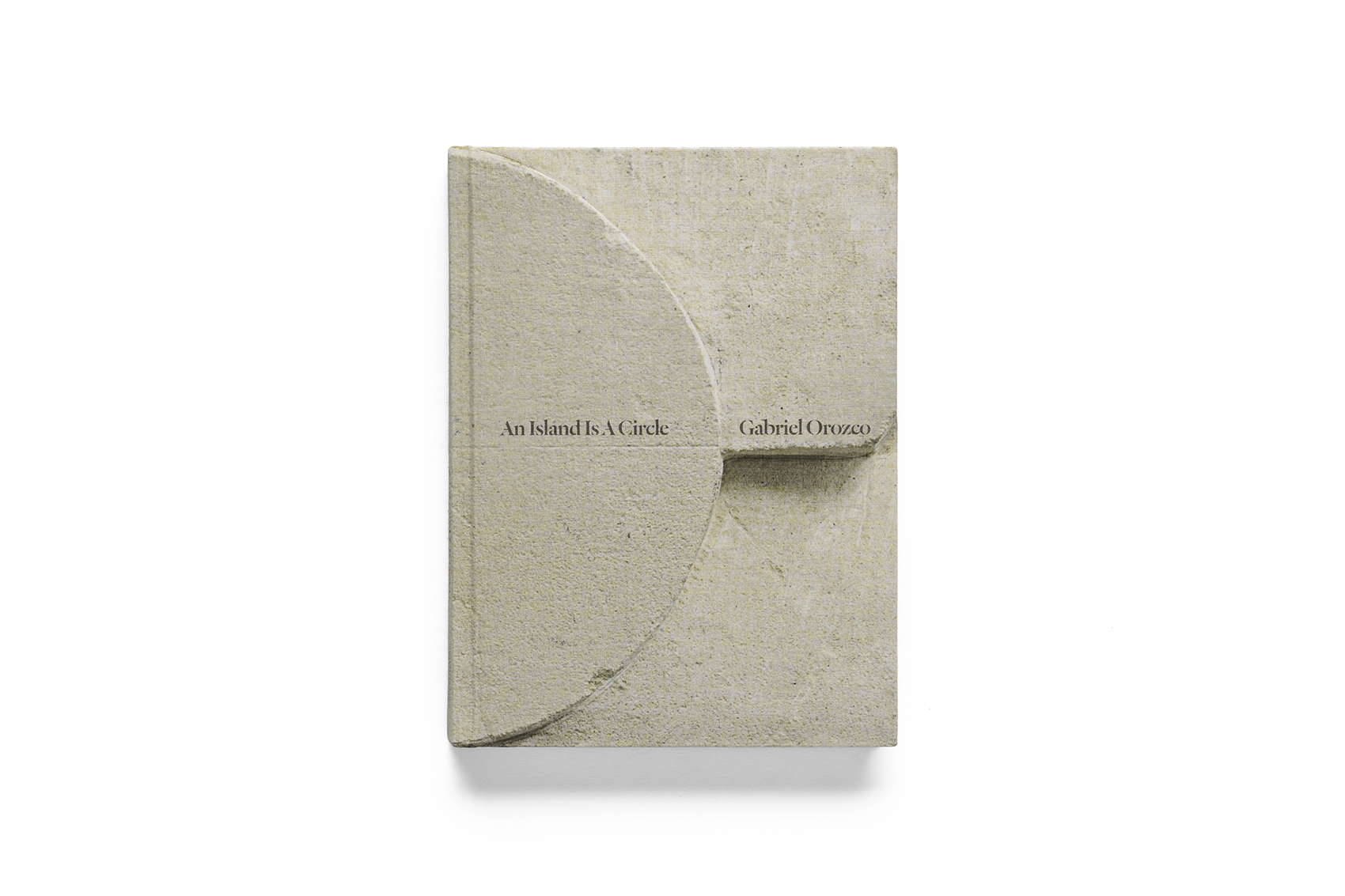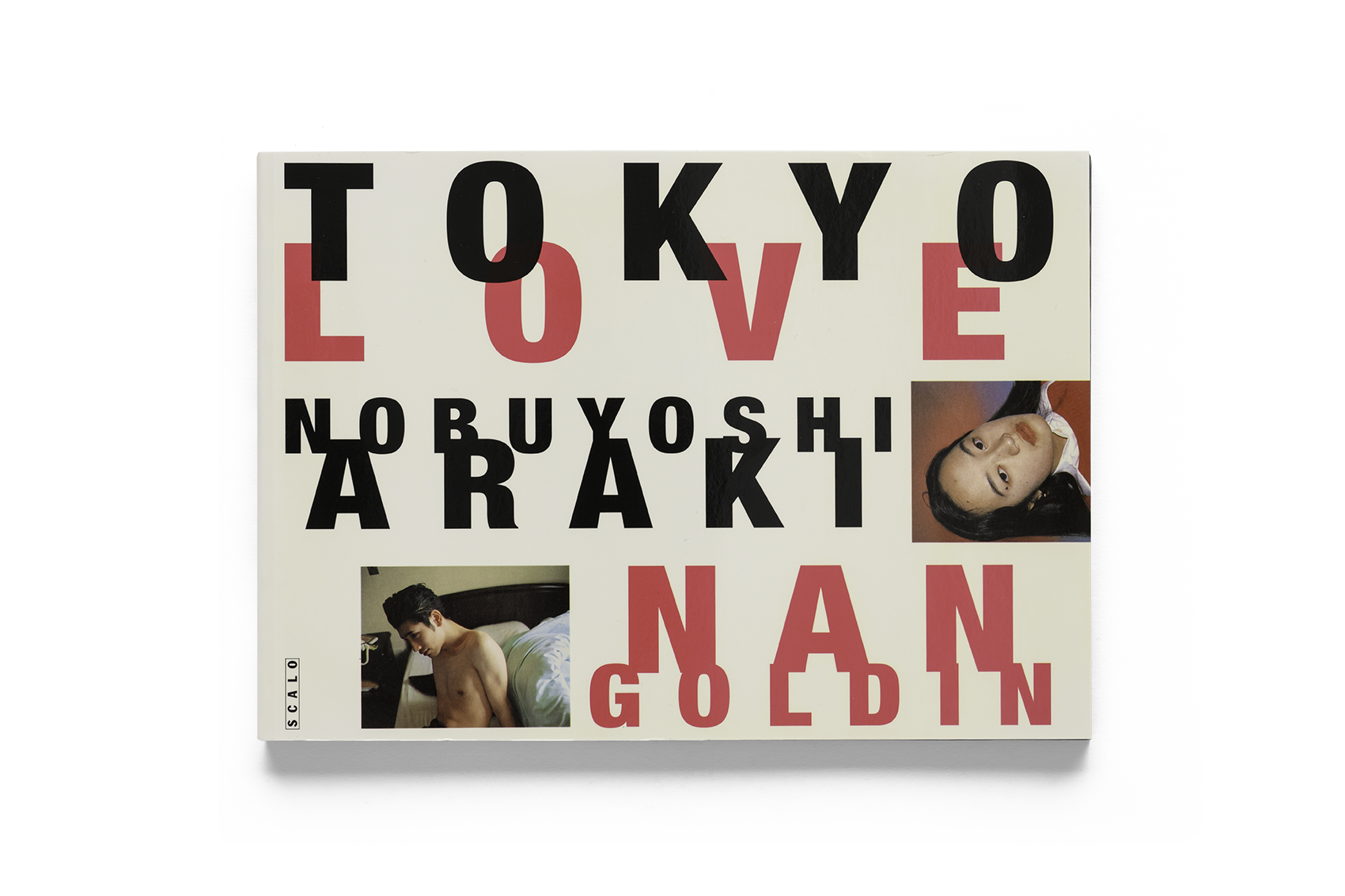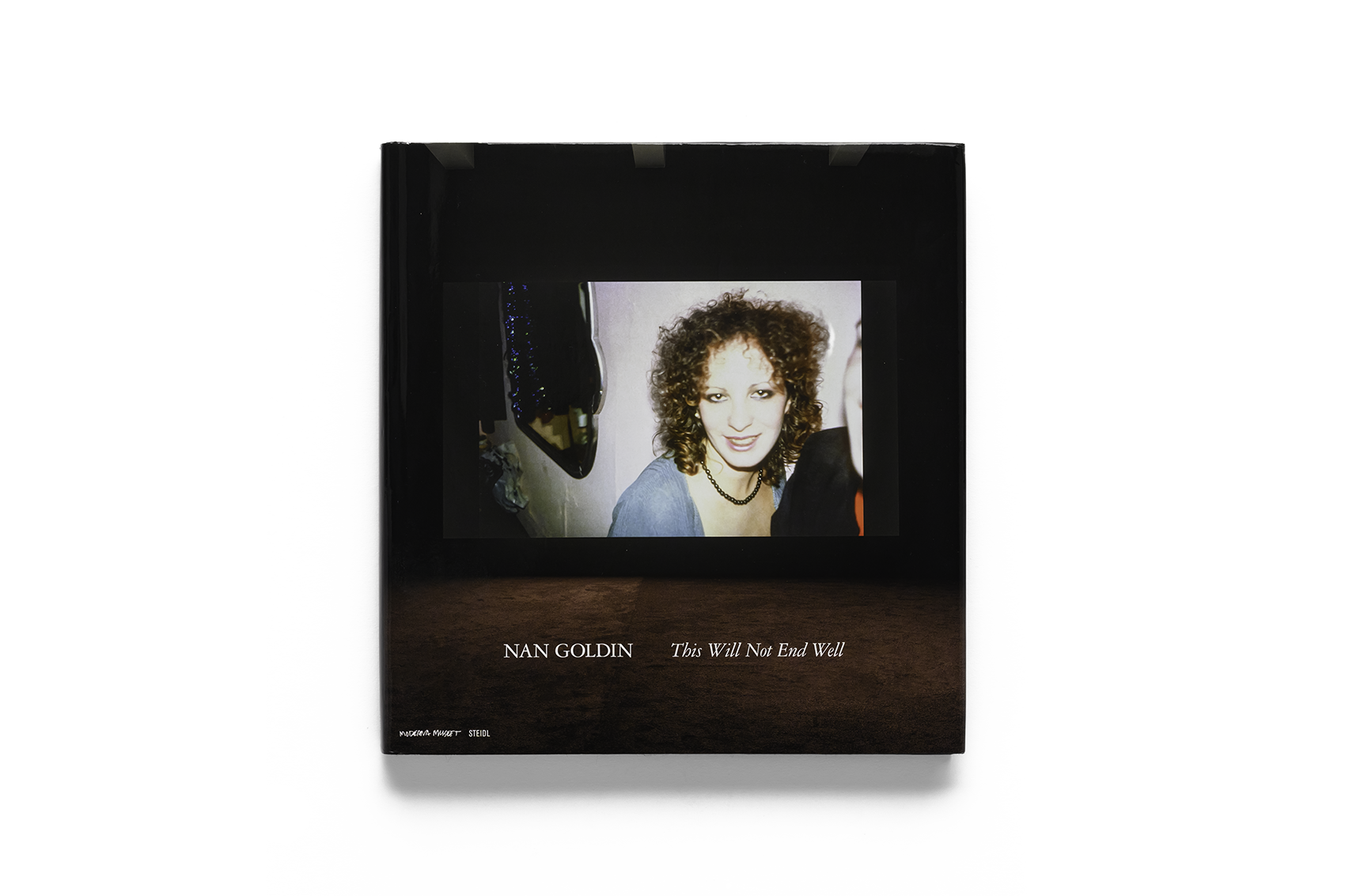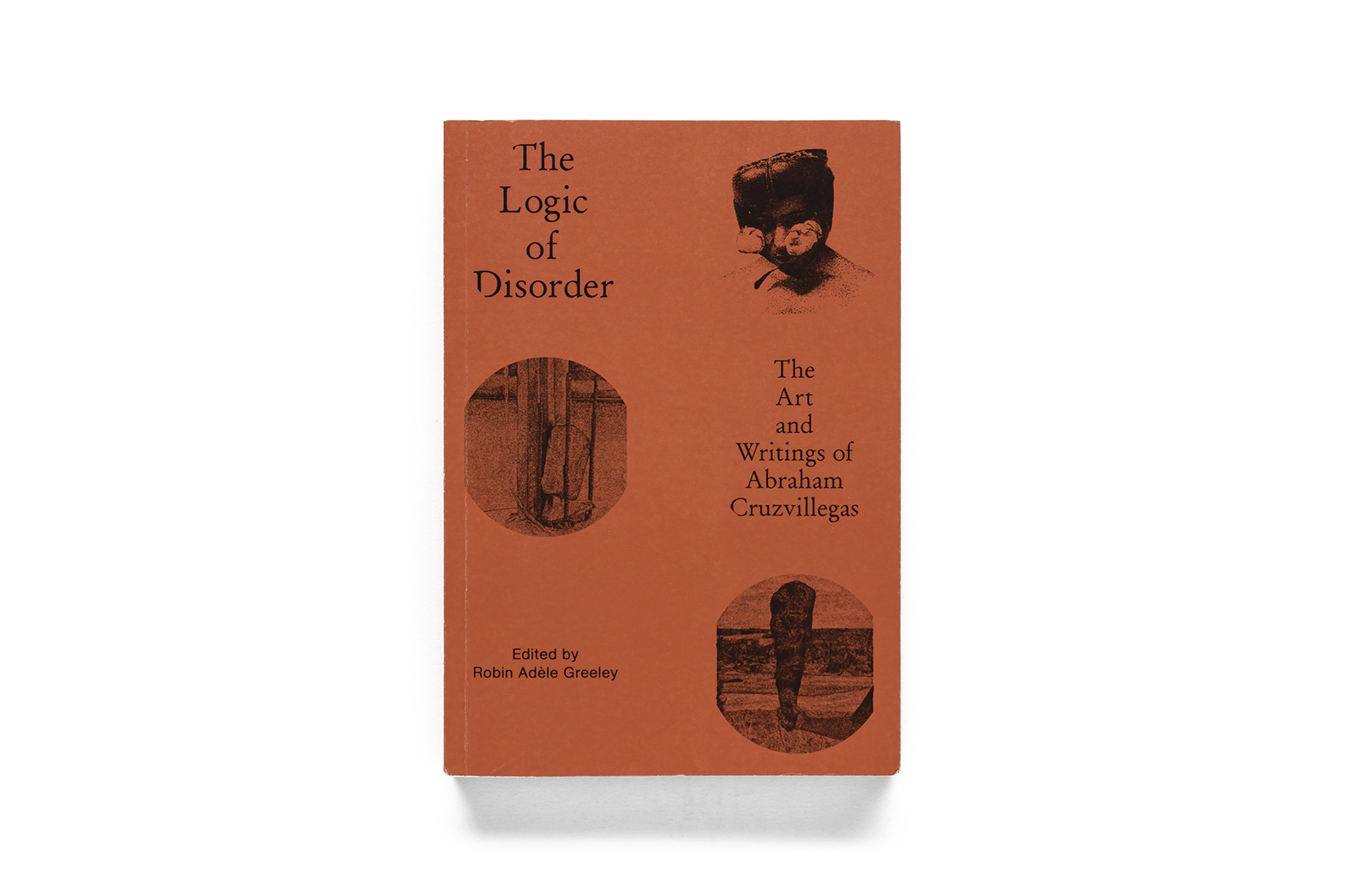
Mendrisio Academy Press / Silvana Editoriale, 2018 / Hardcover
Louis Kahn and Venezia: The Project for the Palazzo dei Congressi and the Biennale Building
Louis Kahn and Venezia: The Project for the Palazzo dei Congressi and the Biennale Building

Mendrisio Academy Press / Silvana Editoriale, 2018 / Hardcover
“Venice is architecture of joy. I like a place as a whole where each building contributes to the other. An architect building in Venice must think in terms of sympathy: working on my project I was constantly thinking as if I was asking each building I love so much in Venice, whether they would accept me in their company.”- Louis Kahn
Louis Kahn and Venice: Architectural Projects for the Palace of the Conference and the Biennale (Louis Kahn and Venice: The Project for the Palazzo dei Congressi and the Biennale Building) Published in conjunction with an exhibition of the same name held at the Mendrisio Institute of Architecture (USI) in 2018, it brings together institutions such as the Architectural Archives of the University of Pennsylvania in Philadelphia, the Fondazione Querini Stampalia, and the Canadian Centre for Architecture (CCA) never before launched A wealth of architectural drawings, manuscripts, and documents leads readers on a journey from 1968 to 72, where Kang is invited to visit the ruins of this lagoon-like city, combining Venice's deep architectural tradition and hope for the future. , a new look for a city with a lot of effort.
Louis I. Kahn (1901-1974) arguably one of the most iconic architects of the 20th century, the Estonian-American architect left impressive works of architecture on the East Coast of the United States, Lahoya, California, and Bangladesh. Louis Kahn and Venice: The Conference Palace and Biennial Architecture Project focuses on the story between the architect and this legendary historic city. Beginning with his first visit to Europe in 1928, Kang traces his record of being invited to the Biennale, designing the Conference Palace, participating in exhibitions and public lectures in Venice, and his friendship with the renowned Italian architect Carlo Scarpa.
The book brings together never-before-published archives of architectural drawings, manuscripts, and documents from institutions such as the University of Pennsylvania Architectural Archives, the Fondazione Querini Stampalia, and the Canadian Centre for Architecture (CCA), and the Canadian Centre for Architecture (CCA). It invites you to visit the ruins of this lagoon city and a new look that combines the deep architectural tradition of Venice with its aspirations for the future. Although many magnates such as Paradio, Kirby and Lyte, who have submitted innovative architectural proposals in Venice in the past, are limited to political, economic, and other factors, the Congress building designed by Como was not actually built, but the draft proposals, like a giant suspension bridge, is still uninspiring. It is an indelible page in the history of contemporary architecture.
The book was published in conjunction with the opening exhibition of the same name held in October 2018 at the newly completed “Teatro dell'archittura” at the newly completed “Architectural Theatre” (Teatro dell'archittura) in Switzerland. Interestingly, Mario Botta, the designer of the Architectural Theatre and winner of the Prizek Architecture Prize, was one of the assistants when Kang visited Venice in the late 1960s, and wrote in a book about Kano's visits to Venice, a former college student who also wrote about the anecdotes about the time he and Kant visited Venice. For readers who are eager to explore the charms of Louis Kang's architectural design or simply love Venetian urban architecture, the book is worth reading.
